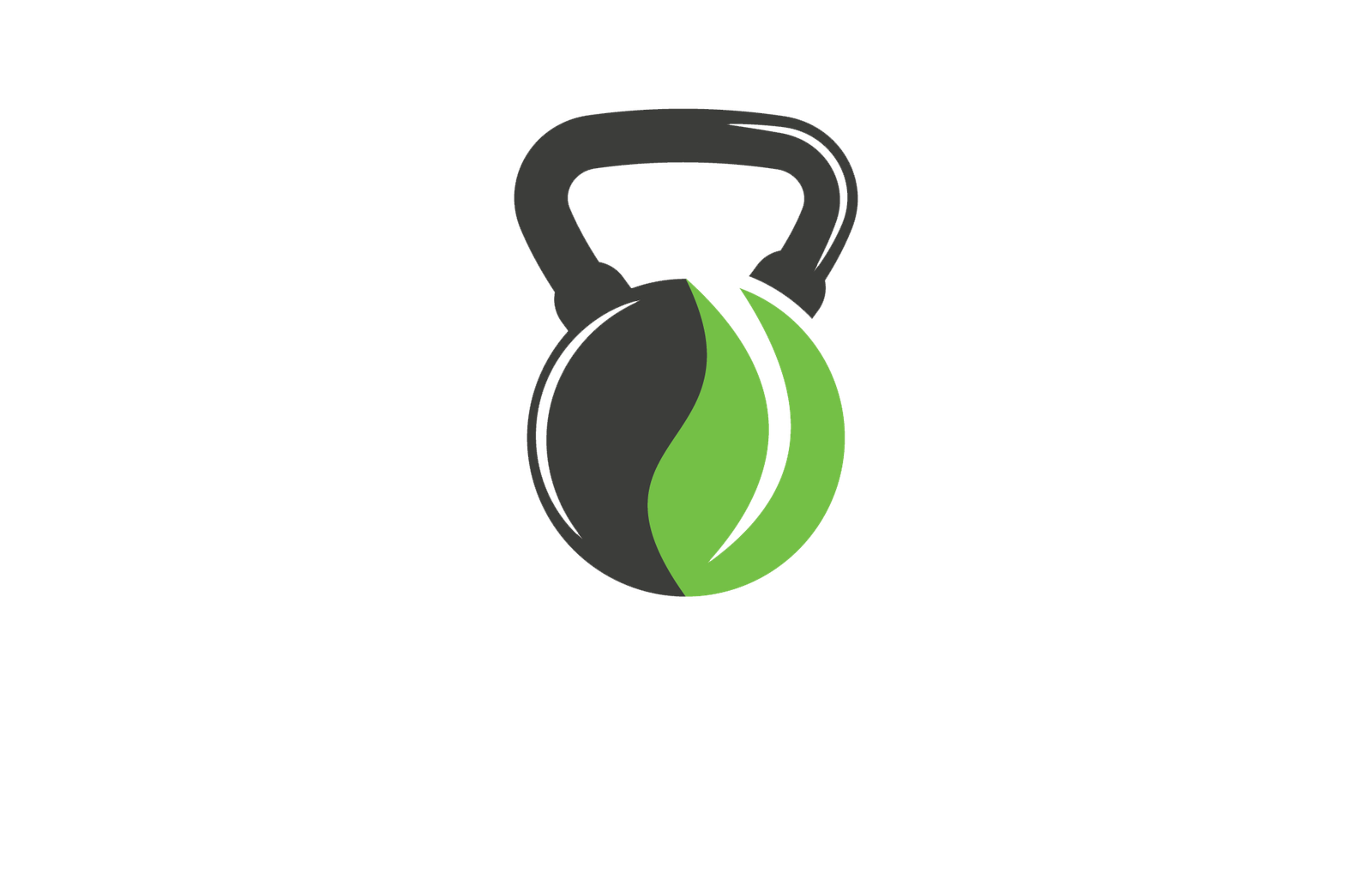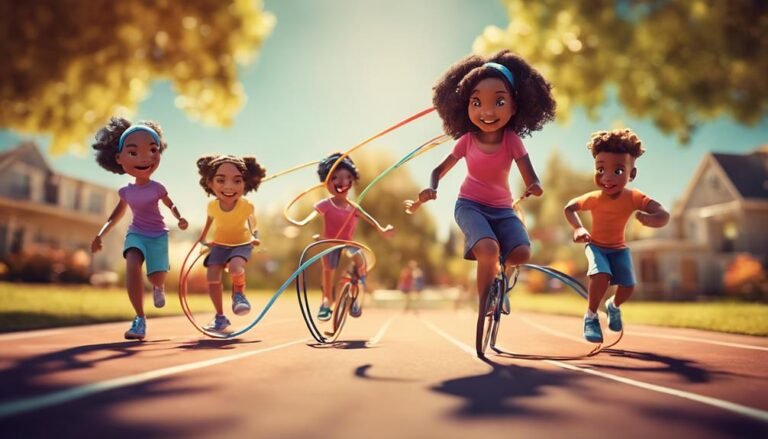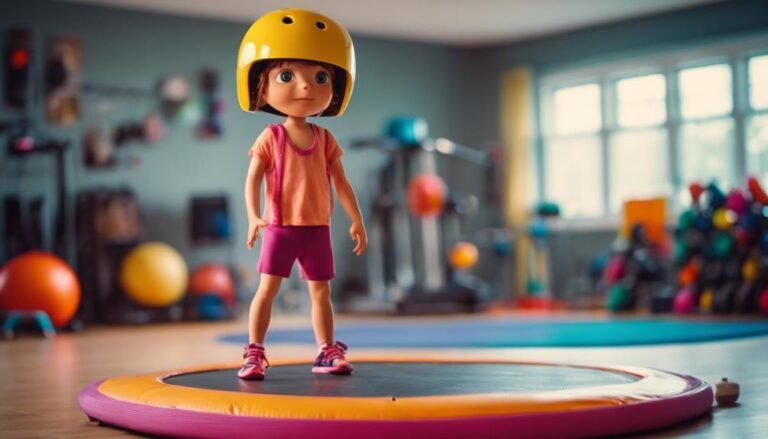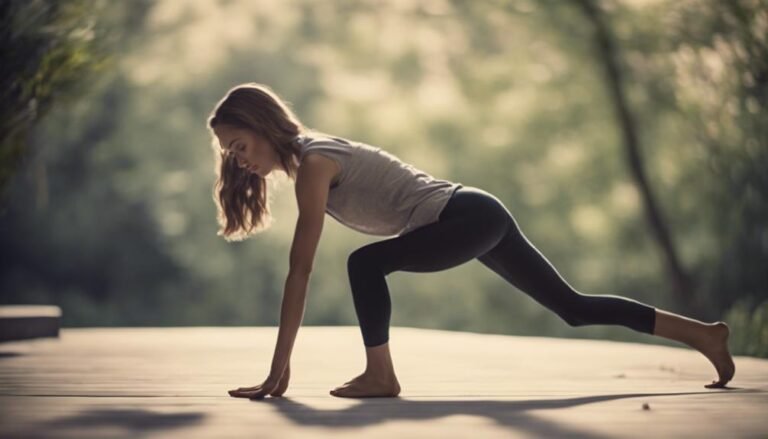Don't miss our holiday offer - 20% OFF!

Spotting Techniques for Safe Weightlifting
Optimize your weightlifting routine by mastering spotting techniques that ensure safety, confidence, and success - but what happens when lifts go wrong?
Spotting is key to safe and confident weightlifting. A good spotter creates a secure atmosphere, staying focused and alert to mitigate risks. Effective communication is vital, with clear instructions and active listening. We'll cover the essential qualities of a spotter, effective communication techniques, and lift failure scenarios to help prevent injuries. By understanding spotting techniques, it is clear that building trust and confidence is essential, ensuring a safe and successful lift. As we explore the world of spotting, we'll uncover the secrets to a stronger, safer weightlifting experience – and that's just the starting point.
Key Takeaways
- A good spotter should possess experience with weightlifting and spotting, knowing how to react in different situations and possessing physical strength to handle the weight.
- Effective communication is crucial, with clear instructions and active listening to ensure a safe and successful lift, and adapting to changing situations.
- A spotter should maintain a safe and supportive environment, prioritizing the weightlifter's safety above all else, and being prepared to intervene swiftly in emergency situations.
- Proper body positioning, grip techniques, and core engagement are essential for the weightlifter, and the spotter should be attentive to these aspects to prevent injuries and accidents.
- A spotter's calm and focused personality is vital, remaining composed under pressure, and providing clear instructions to help the weightlifter regain control in case of a lift failure.
Understanding the Spotter's Role
As weightlifters, we rely on spotters to provide a safe and supportive environment, and it's essential that a spotter's role extends far beyond just catching weights. In reality, a spotter's primary responsibility is to create a secure atmosphere that enables us to lift with confidence. This is where the spotter mindset comes into play. A good spotter must possess a unique blend of physical and mental preparedness, staying focused and alert throughout the lift.
Choosing the Right Spotter
When selecting a spotter, we need someone who can handle the weight and has our back, literally and figuratively. We're counting on them to keep us safe, so it's vital to choose wisely.
A good spotter should possess certain qualities that guarantee our safety and success. Here are some key characteristics to look for:
- Spotter Experience: Our spotter should have experience with weightlifting and spotting, so they know how to react in different situations.
- Spotter Personality: A calm and focused personality is essential, as they need to remain composed under pressure.
- Strength and Physical Ability: Our spotter should be strong enough to handle the weight we're lifting, in case they need to intervene.
- Attention to Detail: They should be able to focus on our form and technique, spotting any mistakes or potential hazards to safeguard our well-being.
Effective Communication Techniques
We rely on effective communication techniques to guarantee our spotter is fully aware of our needs and can react accordingly. When we're lifting weights, we can't assume our spotter knows what we need – we must communicate clearly and concisely. This starts with clear instructions on how to assist us during the lift. We should specify exactly how we want to be spotted, whether it's providing a gentle guide or taking control of the weight entirely. Our spotter should also practice active listening, giving us their undivided attention and responding promptly to our cues.
During the lift, we should maintain open communication, alerting our spotter to any changes or difficulties. This allows them to adapt their spotting technique on the fly, ensuring our safety above all else. By communicating effectively, we can trust that our spotter has our back – and that we're both working together to achieve a safe and successful lift.
Anticipating Lift Failure Scenarios
In anticipating lift failure scenarios, our spotters must be prepared to react swiftly and decisively to prevent injuries. As spotters, we must be proactive in identifying potential risks and developing strategies to mitigate them. This involves conducting a thorough risk assessment to identify potential failure points and developing contingency plans to address them.
Some common lift failure scenarios we should be prepared for include:
- Lack of control during the eccentric phase: the lifter loses control of the weight during the lowering phase, putting themselves and others at risk.
- Inability to complete the lift: the lifter is unable to complete the lift, leaving them stuck in a vulnerable position.
- Loss of balance or stability: the lifter loses their balance or stability, causing them to drop the weight or stumble.
- Muscle failure or exhaustion: the lifter experiences muscle failure or exhaustion, leaving them unable to complete the lift or control the weight.
Safe Lifting and Lowering Procedures
As we focus on safe lifting and lowering procedures, we recognize that maintaining control throughout the lift is essential. We'll start by examining proper grip techniques, ensuring a secure hold on the weight, and then move on to discuss the importance of proper body position, which helps prevent injuries and promotes efficient lifting. By mastering these fundamental aspects, we can substantially reduce the risk of accidents and optimize our weightlifting performance.
Proper Grip Techniques
When lifting weights, our grip is the only connection we have to the barbell, making it essential to develop proper grip techniques to guarantee safe lifting and lowering procedures. A secure grip guarantees we can control the weight throughout the entire range of motion, reducing the risk of accidents and injuries.
To achieve a secure grip, we should focus on the following key elements:
- Grip Strength: Developing grip strength through exercises like grip deadlifts and towel pull-ups can substantially improve our ability to hold onto the barbell.
- Hand Placement: Placing our hands slightly wider than shoulder-width apart, with our thumbs wrapped around the bar, allows for ideal grip security and control.
- Finger Placement: Spreading our fingers evenly around the bar, with our index fingers on the outer ring, helps to distribute the weight evenly and maintain control.
- Grip Pressure: Applying consistent pressure throughout the lift, rather than relying on brute strength, guarantees a secure grip and reduces fatigue.
Proper Body Position
With a secure grip in place, we can now focus on maintaining proper body position to guarantee safe lifting and lowering procedures. Our posture is essential in weightlifting, as it directly affects our ability to lift efficiently and prevent injuries. We need to correct our posture, with shoulders back and down, chest up, and spine in a neutral position. This allows us to engage our core effectively, providing stability and balance throughout the lift.
Core engagement is fundamental in weightlifting, as it helps us maintain control and generate power. By keeping our core muscles activated, we can lift heavier weights with more confidence and precision. Additionally, proper body positioning enables us to distribute the weight evenly, reducing the risk of straining our back or joints. As we lift, we must maintain a straight back, squeezing our shoulder blades together and keeping our chest up. By doing so, we can guarantee a safe and successful lift, every time.
Emergency Intervention Strategies
How do we respond when a weightlifter's form suddenly deteriorates or they're on the verge of injury? As spotters, we need to be prepared for emergency situations. That's why we develop crisis protocols and rehearse rescue drills to facilitate a swift and effective response.
Rapid Assessment: We quickly assess the situation to determine the severity of the issue and the best course of action.
Clear Communication: We communicate clearly with the lifter, providing calm and concise instructions to help them regain control or safely abandon the lift.
Support and Stabilization: We provide support and stabilization to prevent further injury or loss of control.
Emergency Assistance: If necessary, we're prepared to call for medical assistance or provide basic first aid until help arrives.
Building Trust and Confidence
We establish a strong foundation of trust and confidence with weightlifters by being attentive, knowledgeable, and proactive spotters. When we're fully present and engaged, weightlifters feel seen and supported, which helps them relax and focus on their lifts. We respect their personal boundaries, never pushing them to attempt a lift that makes them uncomfortable. By doing so, we create a safe space for them to push themselves without feeling anxious or hesitant.
Mental preparation is also essential in building trust and confidence. We help weightlifters visualize their success, breaking down complex lifts into manageable parts and providing positive affirmations to boost their confidence. As spotters, we're not just physical supporters but also mental coaches, helping weightlifters overcome self-doubt and fear. By fostering a positive and supportive environment, we empower weightlifters to take ownership of their lifts, making them more likely to succeed and reach their full potential. By doing so, we build a strong bond of trust and confidence, allowing weightlifters to focus on their craft, knowing they have a reliable and skilled spotter behind them.
Frequently Asked Questions
Can I Spot Alone, or Do I Need Multiple Spotters?
When lifting, we ask: can we spot alone or do we need a team? For solo support, we recommend a buddy system, ensuring someone's got our back in case we need help, rather than relying solely on solo spotting.
How Do I Handle a Lifter With Significantly More Strength?
When working with a lifter who's substantially stronger, we adjust our spotting strategy to account for the power imbalance and strength differential, ensuring we can still provide effective support and control if they lose control of the weight.
Are There Specific Spotting Techniques for Different Lifts?
'Do we really think a one-size-fits-all approach to spotting will cut it? We don't think so. We develop personalized cues and adapt lift-specific stances to provide seamless assistance, every time, for every lift.'
What if the Lifter Refuses to Accept Spotting Assistance?
When a lifter refuses our spotting assistance, we focus on building trust through open communication strategies, like active listening and empathy, to understand their concerns and eventually earn their consent for a safer lifting experience.
Can I Spot Someone With a Physical Disability or Injury?
As we venture into uncharted territory, we must adapt our approach to guarantee inclusivity. We can spot someone with a physical disability or injury by using accessible equipment and adaptive techniques, promoting a safe and empowering workout experience.
Conclusion
As we conclude, we've forged a strong foundation in spotting techniques for safe weightlifting. Like a sturdy anchor, a reliable spotter holds the line, ensuring our safety and success. By mastering effective communication, anticipating lift failure scenarios, and executing emergency intervention strategies, we can lift with confidence, knowing our spotter has our back. With trust and confidence forged, we can push ourselves to new heights, secure in the knowledge that our spotter is our safety net.



